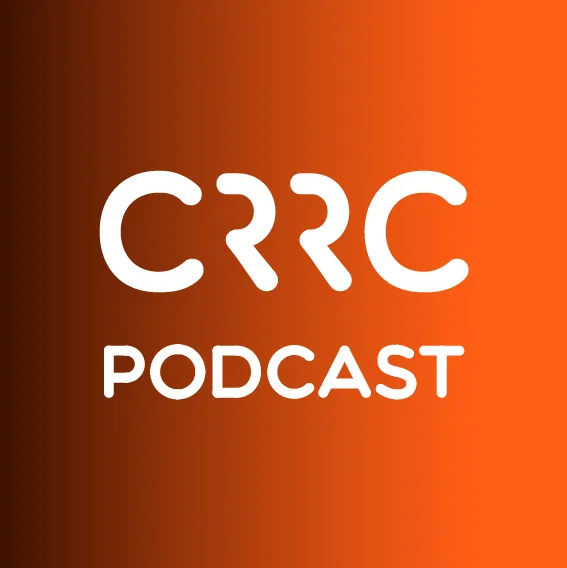During the last 25 years Georgian capital has experienced a diverse history of political meetings in its central areas including peaceful demonstrations, rallies with radical political demands, “tent towns” and so forth. The higher the attendance, the more legitimate the protests are often seen to be. As a result, the figures themselves usually are contested, sometimes in significant controversy.
This discussion has now been revived, after the new political coalition around Bidzina Ivanishvili started its full-scale entry into politics by gathering supporters on central Freedom Square of Tbilisi. Widely varying estimates of attendance numbers have been put forward. The Georgian police estimated the size of crowd as 30 000, supporters of Ivanishvili’s Georgian Dream claimed that about 300 thousand people gathered on Freedom square, however, independent observers suggested 80 thousand attendees had come to the rally.
So how does one approach crowd size systematically, short of counting every single head in the crowd? One robust method has been suggested in the 1960s by Berkeley journalism professor Herbert Jacobs who employed this approach to count the number of protesters against Vietnam War at his home university. According to this method, the area should be divided into smaller sections in order to assess how loosely people stand in the crowd. If people stand at an arm’s distance, one person will cover 0.93 square meters. In a second case, when people stand close enough but not pushing each other, the area taken by one person is estimated 0.42 square meters. And finally, in a tightly packed crowd 0.23 square meters are covered by one person, or, putting it differently an estimated four people are in one square meter.
In order to describe how Jacobs’ method is used for crowd estimation, we divided the entire space of Freedom square and neighboring streets into 29 parcels. Then we calculated the areas of the parcels using geographic information systems (GIS) and tried to analyze two photo images taken from Georgian Dream’s official Facebook page. The photos show 13 parcels in the central and southern part of the square and consequently, estimates are done only for these areas.
The analysis is based on visual assessment of density in the parcels, following Jacobs’ method. Where people are
- standing tightly we assigned the score 0.23,
- crowded but not pushing each other, we assigned the score 0.42
- standing in a distance of one person’s arm, we used the score of 0.93.
Rough estimates show that in the moment of taking photos there were about 31.000 in 13 parcels alone, with many parcels uncounted
.
Now, several remarks on these numbers:
- Jacobs’ approach only yields rough numbers, +/-20%.
- numbers work both ways, as various people have pointed out; it may be worth coming to some sort of consensus in Georgia how many people Freedom Square holds when it’s crowded, and then apply that consistently.
- ultimately, quantity is not legitimacy; a protest that is conducted civilly and that gets people to engage and discuss is plenty legitimate, so the entire numbers game is a bit problematic, and not only in Georgia.
That being said, we think the Jacobs method is as good as it gets, for quick assessments. Since we only counted 13 parcels, out of 29, and want to make this method more broadly available, we encourage our readers to be involved! Crowds can help count crowds.
Use our raw materials to assess the number of attendees. Download the spreadsheet, use the robust Jacobs method, and send it back to us when you are done. Also, feel free to send your comments and estimations, the topic is open for discussion!









